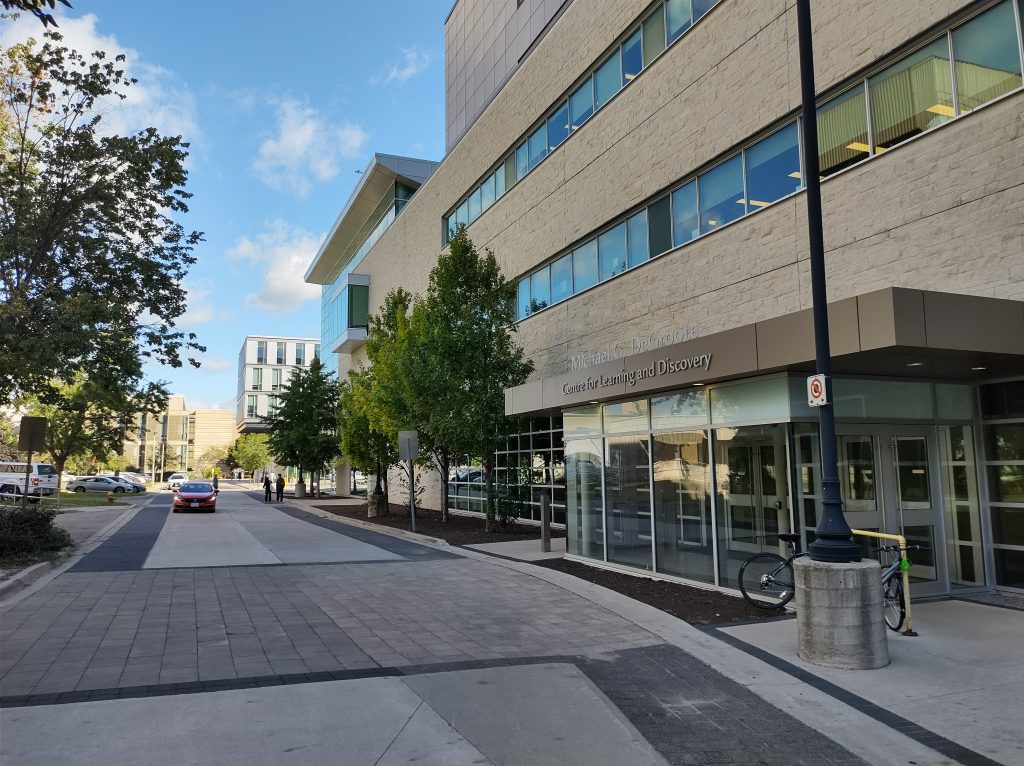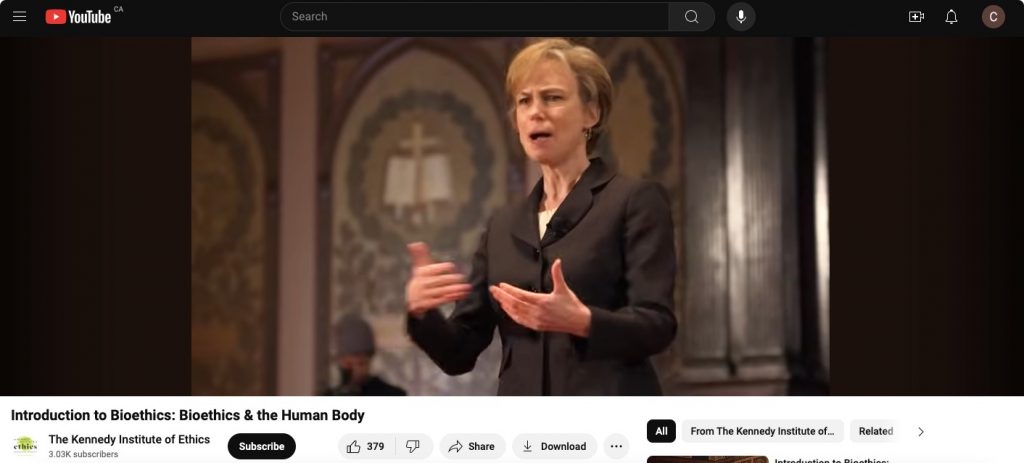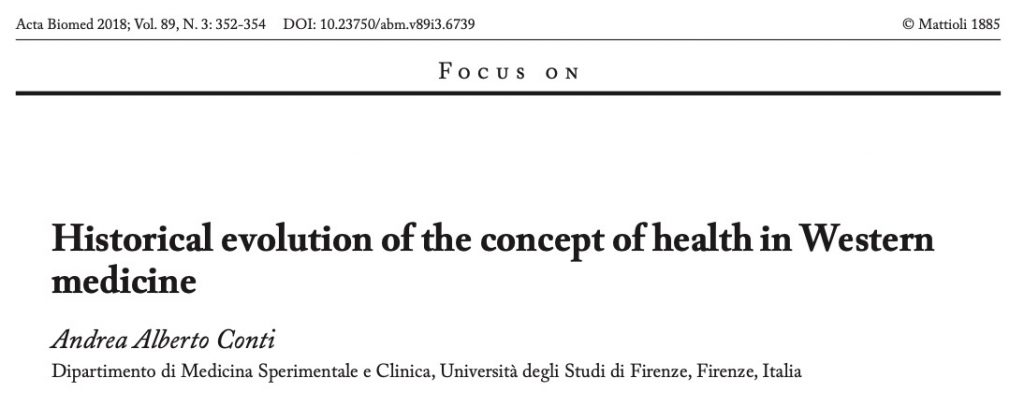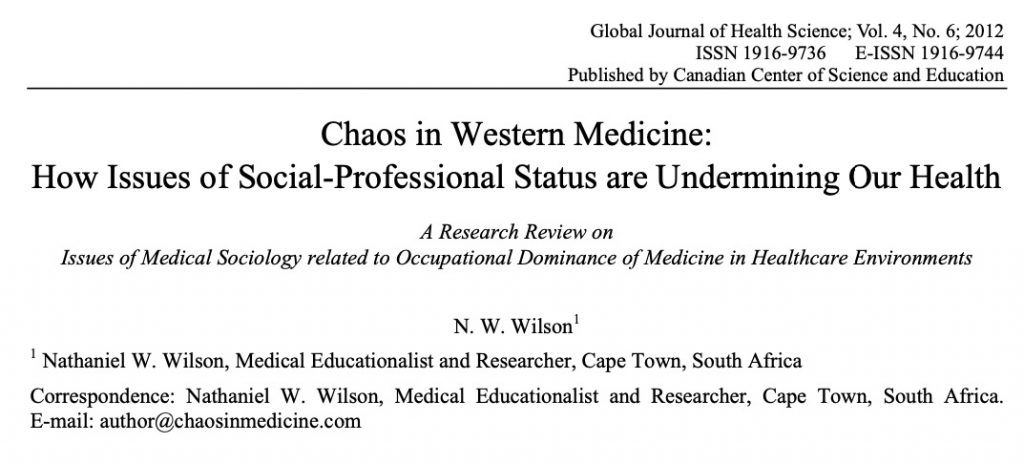
Nobody wants to be sick, and we dedicate some time in our life to be healthy. However, even if we work on having good health or have healthy habits, there are also problems that affect us directly or indirectly. We had that experience during the COVID pandemic, some people were not as cautious as we were, or we were among those who were not so cautious on transmitting the virus to others. Well, these are problems of public health, because health-related problems from one person or a group of people can affect the whole population. In the case of COVID, it was not just in one country but worldwide.
Public health is made up of a set of policies that seek to guarantee the health of the population in an integrated manner through different actions directed to individuals and the community. The best way to guarantee people’s health is to work on prevention. However, this prevention goes in several directions, because health has been defined as “a state of complete physical, mental and social well-being and not merely the absence of disease or infirmity” (WHO, 1946). Every single person works, some much more than others, and takes actions to improve their health, but there are some things that cannot be improved if there is no cooperation with other members of the society.
This is why public health is so important and it is right now a discipline that is studied in many countries around the world and ministries of health spend large amounts of money and work on health policy making to prevent, manage and mitigate those problems, their causes, and their consequences. However, the most important thing in public health is work on prevention, because if we can prevent illnesses, then we do not have to work nor on management of the disease nor on dealing with the sequels and secondary effects.
The history of public health is interesting – it is the product of a community effort, and it usually requires some knowledge of the causative agent of disease to prevent its occurrence. Therefore, it is important to be able to identify the emergence of the common good and public health activities, especially in the archaeological record, as the following case studies will demonstrate.
It is well known that public health began in the Middle Ages with the bubonic plague caused by Yersinia pestis, a bacterium commonly found in small mammals and their fleas. As European cities grew, rat populations flourished in the cities, harboring the disease, and ensuring the survival of the bacterium. From that moment on, two radical measures were created to prevent these diseases: quarantine and isolation (Shultz et al., 2024; Tognotti, 2013).
The spread of the Bubonic plague was directly related to the architecture of those cities where there was not proper sewage, and it was very easy to get contaminated with the disease. This is one example of how the study of architecture of the past can give us some clues on the public health of ancient societies (Gharipour et al., 2023).
Looking back further in the archeological record for evidence of public health is difficult, and findings are compounded by multiple factors. Health treatments, especially those associated with traditional medicine, are associated with plants and animals, and this organic material is prone to rapid deterioration and may be absent in the archaeological record. It can be difficult to assign changes in architecture to reasons of public health (did the community select a fast-moving waterway over a stale pond for health reasons, or because the specific waterway offered other advantages associated with its use?). Assigning causality is especially difficult when considering cultures that were not aware of the causes of disease. Finally, the traits of a site that are used to identify human habitation (size, concentration of people, the presence of specialized crafts and industries that may use toxic materials) may also indicate poor health conditions that must be balanced with public health measures to ensure survival and continuity of the site.
As reported by Mitchell (2005), the earliest public sanitation dates from 2100 – 1600 BCE in Minoan civilization on Crete, and it was identified by the presence of toilet seats, sewage systems, and flushing using rainwater. Later, Greek and Roman towns displayed public latrines with running water and ventilation. Public health care practices appear to have emerged during the late Medieval period (1350-1550 CE) in Europe; for example, managing streets and gutters became more common (Coomans, 2021; Jorgensen, 2008), and these studies have provided clues on how to identify changes to architecture and urban planning as being associated with public health.
Addyman (1989) has examined these measures as applied at the town of York, England. The application of environmental archaeology to excavations at York have enabled studies to be made of the city’s layout, housing provision, food and water supply, effluent disposal, and environmental conditions over a span of some 2,000 years. These factors have been compared to several thousand burials, allowing assessments of public health factors on longevity, stature, and the incidence of disease, stress, and trauma. The results indicate that reasonably good public health at a Roman legionary fortress produced relatively fair-to-good- health levels, but did not alter longevity. Different environmental conditions were present in Anglian York, and this was matched with poorer individual health. The Viking time period was the worst from a public health perspective, and this was matched by overall poor health. As York progressed into the Middle Ages, improvements in public health were matched by improvements to personal health.
Examining archaeological sites from the perspective of public health allows us to focus on the community’s response to disease. The measures that were implemented to control specific diseases such as plague (isolated quarantine sites) and endemic levels of disease (latrines, sewage control, clean environmental conditions) demonstrate that even if people did not understand the specific causes of disease, they were willing to work towards a collective good, and that they recognized the impact of specific physical interventions towards public health. Emergent technologies, especially molecular genetics that can more discreetly identify DNA and proteins from harmful organisms, may provide further evidence that even if people did not understand what, exactly, was causing disease, they possessed the knowledge and skills to work collectively to employ measures to protect public health.
As a collaborative approach, the two authors (R. Beggs and Carlos Rosas) first gathered information (recent reviews and publications) in the fields of environmental archaeology, health and public health history, and overviews of responses to the plague. Information was reviewed, and used to create a possible outline for the blog posting. When this was completed, the authors divided the blog in half, and each author wrote specifically to their part of the blog posting. When this was completed, a “pause” of a day was made in order to provide a sense of “freshness” when reviewing and editing the text. After the pause, the author’s reviewed each other’s writing. In an iterative process, corrections and edits were made, and then the blog was posted.
References
Addyman, P. V. (1989). The Archaeology of Public Health at York, England. World Archaeology, 21(2), 244–264. http://www.jstor.org/stable/124911
Coomans, J. (2021). Community, urban health and environment in the late medieval Low Countries. Cambridge University Press.
Gharipour, M., Tchikine, A., & Inì, M. (2023). Architecture and Plague Prevention: The Development of Lazzaretti in Eighteenth-Century Mediterranean Cities. Salutogenic Urbanism, 83-123. https://doi.org/10.1007/978-981-19-7851-7_3
Jørgensen, D. (2008). Cooperative sanitation: Managing streets and gutters in late medieval England and Scandinavia. Technology and culture, 49(3), 547-567.
Shultz, J. M., Sullivan, L. M., & Galea, S. (2024). The Origins of Public Health. In J. M. Shultz, L. M. Sullivan, & S. Galea (Eds.), Public Health. An Introduction to the Science and Practice of Population Health (pp. 1-24). Springer Publishing Company, LLC.
Tognotti, E. (2013). Lessons from the History of Quarantine, from Plague to Influenza A. Emerging Infectious Diseases, 19(2), 254-259. https://doi.org/10.3201/eid1902.120312
World Health Organization (WHO). 1946. The Constitution of WHO. International Health Conference. New York, USA.








